Our Group Introduction
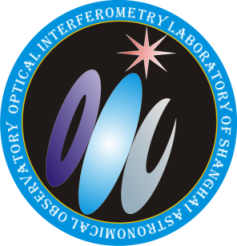
Our group: Optical Interferometry Laboratory of Shanghai Astronomical Observatory
Astronomical telescopes with increasingly larger apertures are required to upgrade the limit of diffraction and collect the light efficiently with the purpose of observing fainter and more remote objects with higher angular resolution. However, there is a popular belief that traditional techniques of manufacturing, polishing and measuring large glass mirrors will soon face some practical challenges. These difficulties typically grow rapidly with increasing mirror size and make building monolithic mirrors with diameters of 10 m or more highly impractical. Therefore, 10 m class or larger ground-based telescopes will need to employ arrays of several smaller segments to create a large primary mirror.
Professor Zhu Neng-hong, an academician of the Chinese Academy of Engineering, leads a group in SHAO to carry out research studies in theoretical analysis, opto-mechanic scheme, and key techniques e.g. array configuration, co-phasing error alignment & sensing, multiple beam combining and image reconstruction in the field of segmented mirror telescope. Our research goals include mastering the key technique of high-precision co-phasing, developing a prototype of Fizeau interferometric telescope with short baselines, unique mount, wide field of view and capability of direct imaging.
Up to now a plenty of progresses have been made by our group. The Y-type Fizeau interferometer which consists of four independent 40 cm diameter telescopes on a common mount has been designed for high resolution optical/infrared direct imaging and enough spacial frequency coverage. The relative experiments are being carried out in which three independent 10 cm diameter telescopes are used. Alignment of tip/tilt and piston co-phasing between each telescope have been carried out in laboratory. At present, the absolute measuring accuracy of piston error has reached 200 nm by using a broadband light and a fringe scanning method.


Fig.1 Design of Y-type Fizeau interferometer telescope
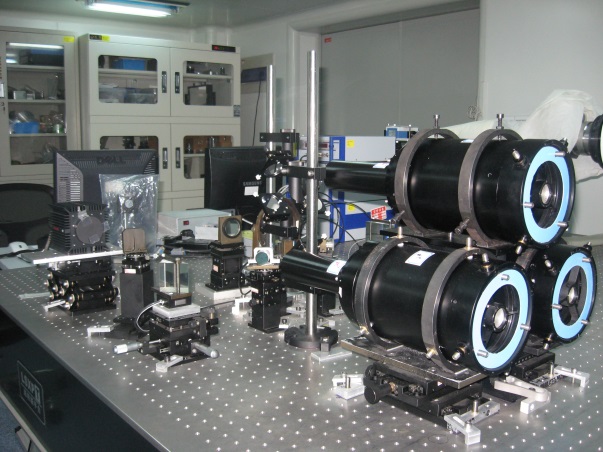
Fig.2 The prototyping experiment for three independent 10 cm diameter telescopes.
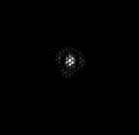
Fig.3 Far-field interference image for three independent 10 cm diameter telescopes with broadband light.
Besides the independent Fizeau-type sub-telescope, we also focus on sparse synthetic aperture telescope. We have established a prototyping experiment in which the primary mirror consists of seven segmented mirrors whose diameter is 150 mm and the gap between central mirror and outside mirrors is about 15 mm. In August 2015, we have achieved in co-phasing three segmented mirrors with the accuracy of 118 nm through a broadband scanning procedure. In August 2016, we tried to co-phasing seven segmented mirrors and obtained their far-field interference image with a broadband light whose bandwidth is 100 nm and interference length is about 3.6 microns. What's more, a zero co-phasing reference calibration method based on dispersed interferogram is studied. In the experiments the zero co-phasing reference between two mirrors can be calibrated successfully with an accuracy of about 30 nm by making use of the method.
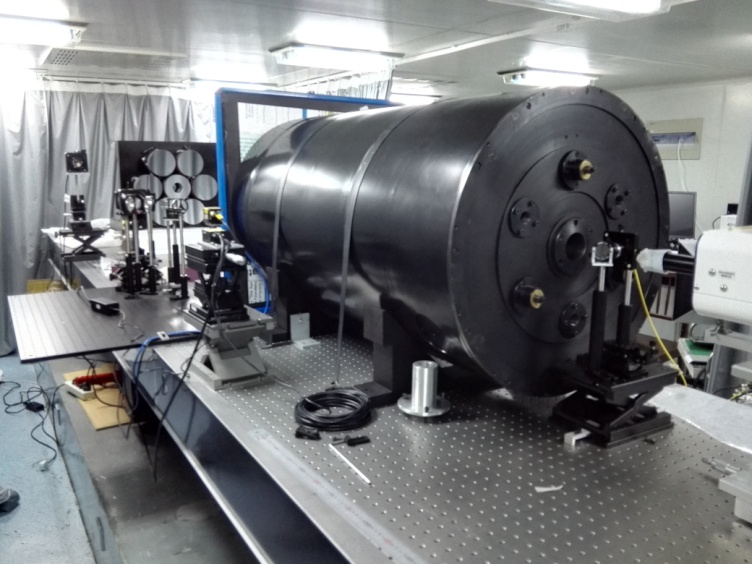
Fig.4 The prototyping experiment with seven segmented mirrors.
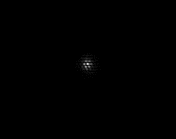
Fig.5 Far-field interference image for three segments with broadband light.

Fig.6 Far-field interference image for seven segments with broadband light.

Fig.7 The grayscale image of dispersed interferogram between two mirrors while their piston error is calibrated to about 30 nm.
In addition, we also study updated RL and OS-EM algorithms which stem from LBT project to reconstruct the degraded images which are derived from the Fizeau interferometer. We have the ability to manufacture four-faces pyramid and are interested in relevant topics of pyramid wavefront sensor.
Fig.8 The manufactured four-faces pyramid.
附件下载: